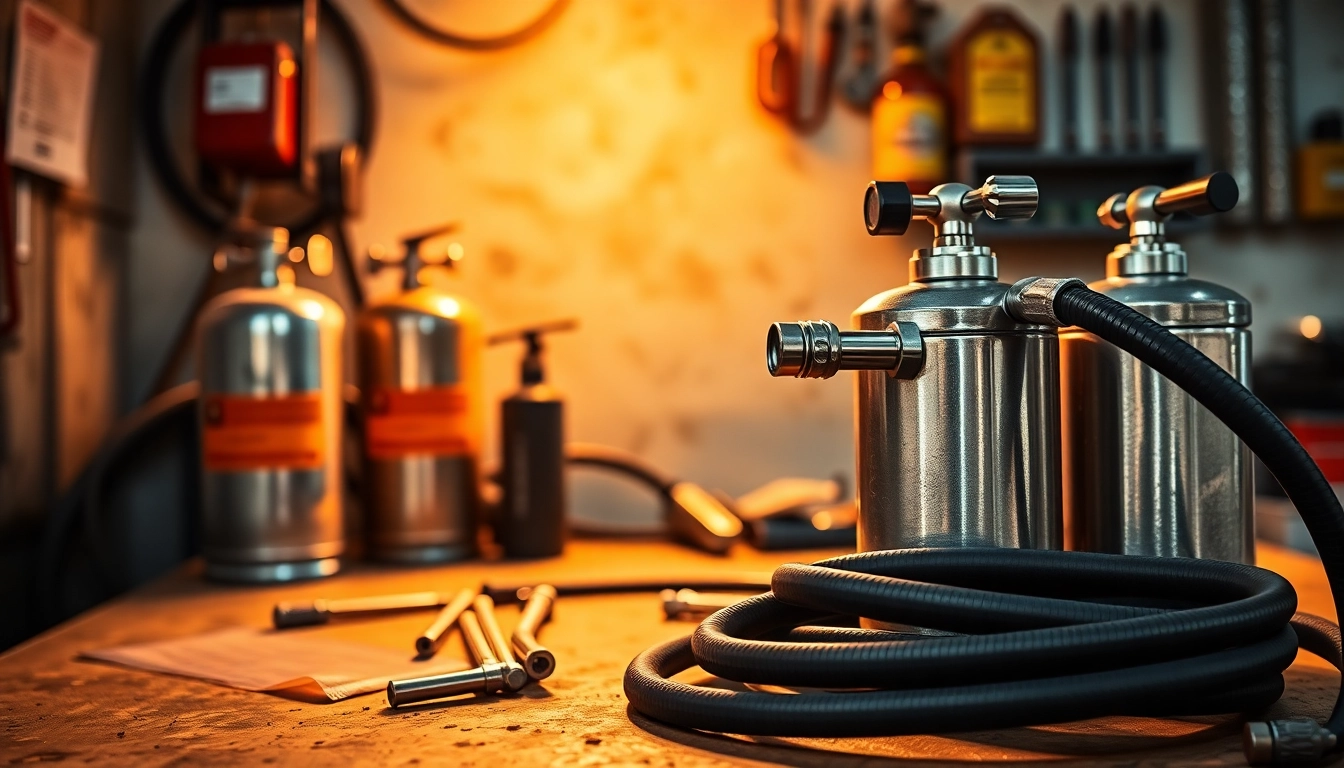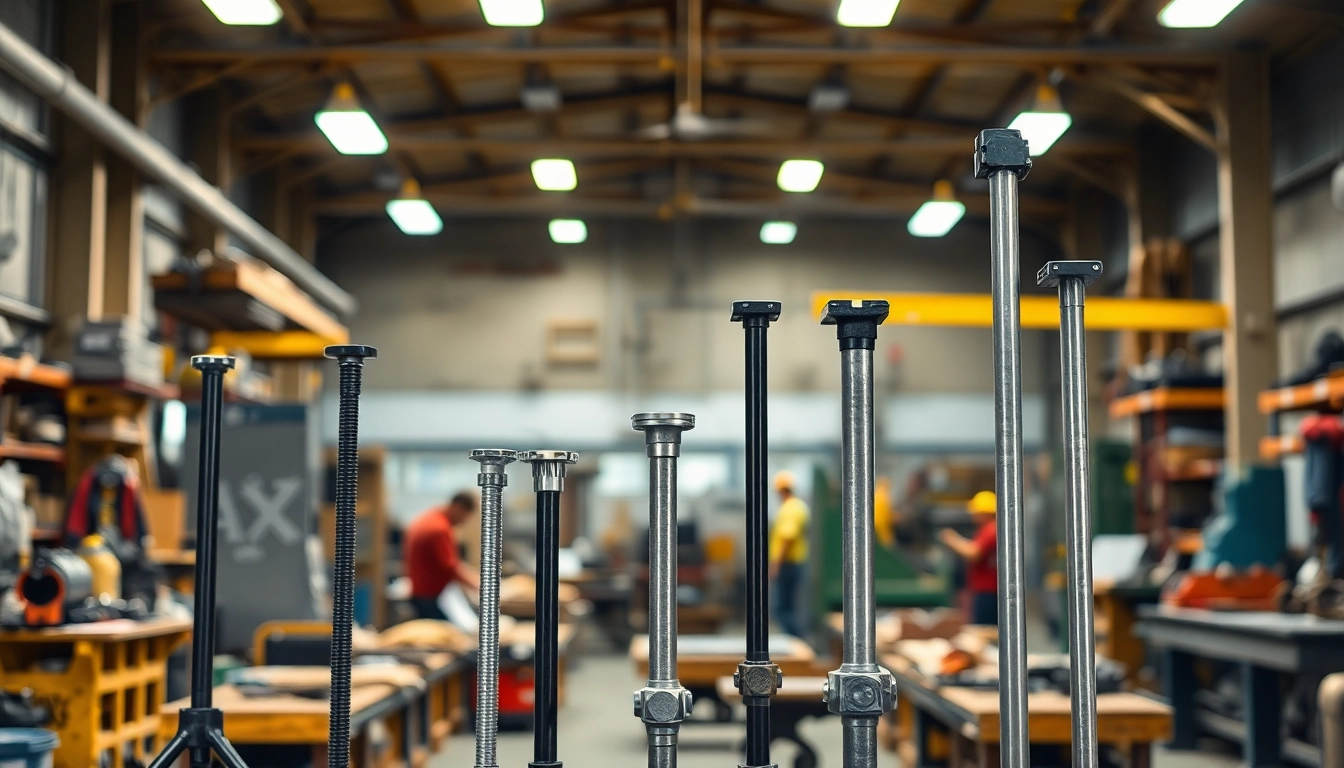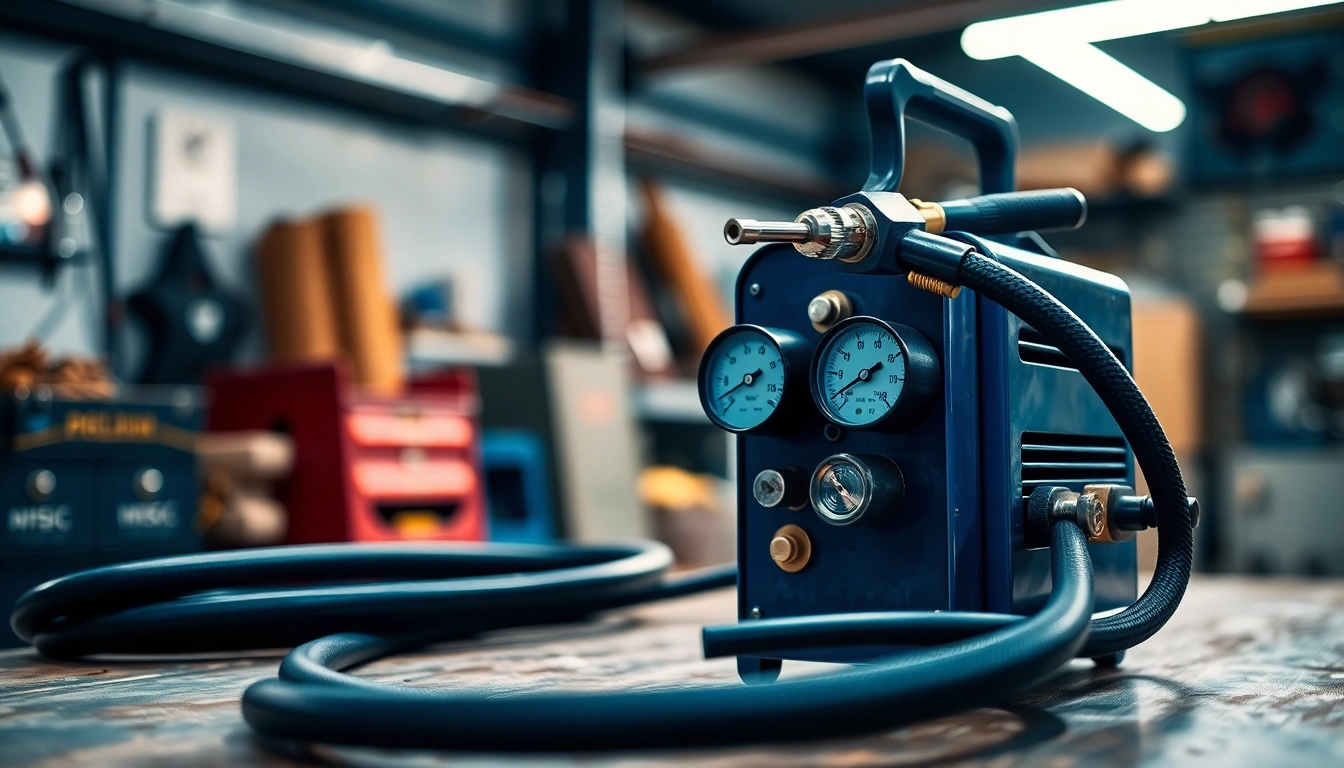Understanding Oxy Gas Welding Kits
What Is an Oxy Gas Welding Kit?
An oxy gas welding kit is a versatile toolset primarily designed for welding, cutting, and heating metals using a combination of oxygen and a fuel gas, typically acetylene. This process, known as oxy-fuel welding, involves the combustion of these gases to produce a high-temperature flame capable of melting metal. Oxy-gas welding kits are widely used in various sectors such as automotive, construction, and repair due to their efficiency and effectiveness in joining ferrous and non-ferrous metals.
Key Components of Oxy Gas Welding Kits
The essential components of an oxy gas welding kit include:
- Gas Cylinders: The primary source of gases, typically one for oxygen and one for acetylene, housed in durable metal tanks.
- Regulators: Devices that control the pressure of gas leaving the cylinders, ensuring a consistent supply and safe operation.
- Hoses: Flexible tubing that delivers the gases from the regulators to the torch. Hoses are color-coded to distinguish between oxygen (green) and acetylene (red).
- Welding Torch: The tool where the gases mix and ignite, creating a flame for welding or cutting. Different nozzles can be attached depending on the required flame temperature.
- Clamping Tools: Tools such as clamps or magnets help hold the metals in place while welding.
- Protective Gear: Essential safety equipment including goggles, gloves, and flame-resistant clothing to protect the welder from heat and sparks.
Types of Oxy Gas Welding Kits Available
Oxy gas welding kits come in various configurations and sizes to cater to different user needs. The main types include:
- Light Duty Kits: Ideal for home users and hobbyists, these kits are generally smaller and easier to handle, often lacking larger cylinders.
- Medium Duty Kits: Suitable for professionals engaged in moderate industrial work, they offer a balance of performance and size.
- Heavy Duty Kits: Designed for extensive industrial applications, these kits come with larger tanks and are built for continuous use.
- Portable Kits: These lightweight and compact kits are perfect for jobs that require mobility, often including lightweight tanks and semi-automatic torches.
- Specialized Kits: Certain kits are tailored for specific tasks, such as brazing or cutting, featuring unique attachments and tools.
Benefits of Using an Oxy Gas Welding Kit
Efficiency and Versatility Explained
The efficiency of an oxy gas welding kit lies in its ability to perform a range of functions, from welding to cutting and heating metals. The high-temperature flame produced by the combination of oxygen and acetylene can reach temperatures of around 3,500 °C (6,332 °F), which is more than sufficient for melting and fusing different metal types. This versatility makes it valuable for professionals in various industries including manufacturing, automotive repair, and metal fabrication.
Cost-Effectiveness Compared to Other Methods
When evaluating welding methods, oxy gas welding kits often prove to be economically advantageous. The initial investment in a kit can be modest relative to alternatives like TIG or MIG welding equipment, especially for light and medium-duty tasks. Alongside lower equipment costs, operational expenses are also reduced, as acetylene and oxygen can be produced or refilled relatively inexpensively, making it an attractive option for those on a budget.
Enhanced Control for Precision Welding
Oxy gas welding provides excellent control over the welding process. The operator can easily adjust the gas flow and flame size, enabling them to fine-tune the heat applied to the work piece. This is particularly advantageous when dealing with thinner materials or when precision is crucial, such as in artful metal sculpture or intricate repairs.
Factors to Consider When Purchasing an Oxy Gas Welding Kit
Determining the Right Kit for Your Needs
Choosing the right oxy gas welding kit necessitates considering several factors:
- Application: Assess what tasks you intend to accomplish—welding, brazing, cutting, and how frequently these tasks will occur.
- Materials: Identify the types of metals you will be working with; some kits are better suited for specific materials.
- Frequency of Use: For occasional users, a basic kit may suffice, while regular users may need a more robust option with greater durability.
- Budget: Determine your maximum spending limit, keeping in mind that investing in a reliable and durable kit can increase your efficiency in the long run.
Safety Features to Look Out For
Safety in oxy-gas welding is paramount. When purchasing a kit, consider these safety attributes:
- Robust Regulations: Ensure that regulators are designed to withstand high pressures and have safety relief valves.
- Flame Arrestors: These devices prevent flames from traveling back into hoses and tanks, reducing the risk of explosions.
- Color-Coded Hoses: Look for industry-standard hoses that are clearly marked to identify gas types, minimizing the risk of improper connections.
- Quality Valves: Gas valves should be of high quality to prevent leaks and ensure a secure shutdown when not in use.
Brand Reputation and Customer Reviews
Researching brands and reading customer reviews can offer insights into the quality and performance of different oxy gas welding kits. Reputable brands often provide warranties and guarantees, which can be a valuable consideration for long-term investments. Additionally, user reviews can highlight common issues that might not be apparent from product specifications alone.
Maintenance Tips for Your Oxy Gas Welding Kit
Regular Cleaning and Inspection
Regular maintenance of your oxy gas welding kit is essential for safety and longevity. Routine cleaning should include:
- Inspecting hoses: Look for signs of wear, cracks, or leaks. Replace any damaged hoses immediately.
- Cleaning the Welding Torch: After each use, brush away any residue and check the nozzle for blockages or wear.
- Checking Connections: Ensure that all connections are tight and leak-free; using a soap solution can help spot leaks effectively.
Storage Guidelines to Ensure Longevity
The safe storage of your welding kit is crucial to maintaining its functionality. When not in use:
- Store Cylinders Vertically: Always keep gas cylinders upright to prevent leaks and maintain pressure integrity.
- Protect from Extreme Temperatures: Store your kit in a cool, dry place, avoiding exposure to direct sunlight or heat sources that could damage components.
- Secure Storage: Use a locking cabinet or designated area to prevent unauthorized access, particularly in environments with children or pets.
Common Issues and Troubleshooting Solutions
While using an oxy gas welding kit, you may encounter several common issues. Here are some troubleshooting techniques:
- Flame Issues: If the flame flickers or goes out, check the gas cylinder levels and inspect for blockages in hoses or the torch nozzle.
- Leaking Hoses: If a hose is leaking, it’s best to avoid using it and replace it immediately. For temporary fixes, use hose clamps or tape until you can replace the hose.
- Poor Welding Performance: Ensure that you are using the correct nozzle size and gas mixture for your specific materials to achieve optimal results.
Getting Started with Your Oxy Gas Welding Kit
Essential Safety Precautions
When starting with an oxy gas welding kit, safety should be your foremost concern. Some critical safety precautions include:
- Wear Protective Gear: Always use welding goggles, gloves, and flame-resistant clothing to protect yourself from heat and sparks.
- Ventilation: Ensure that your workspace is well-ventilated to avoid the accumulation of flammable gases.
- Fire Safety: Keep a fire extinguisher nearby and ensure that it is rated for handling gas fires. Familiarize yourself with fire safety protocols in the event of an emergency.
Basic Techniques for Beginners
For those new to oxy gas welding, mastering a few basic techniques can help build a solid foundation:
- Starting the Flame: Slowly open the acetylene valve on the torch while igniting the gas with a flint sparker. Adjust the oxygen valve gradually to obtain a neutral flame.
- Maintaining a Steady Hand: Practice holding the torch steadily while making short, controlled movements to create even welds.
- Managing Heat: Move the torch in a circular motion to spread heat evenly and prevent overheating a single area of metal.
Advanced Welding Strategies for Professionals
Experienced welders can deploy more advanced techniques for improved outcomes. Consider the following methods:
- Weaving Technique: For thicker materials, employ a weaving motion that alternates between a straight and zigzag pattern to create strong welds.
- Multi-pass Welding: When dealing with particularly thick metals, utilize a multi-pass approach, where multiple layers of weld are applied for increased strength.
- Heat Control: Utilize preheating techniques for specific metals to reduce the risk of distortion or cracking during the welding process.


